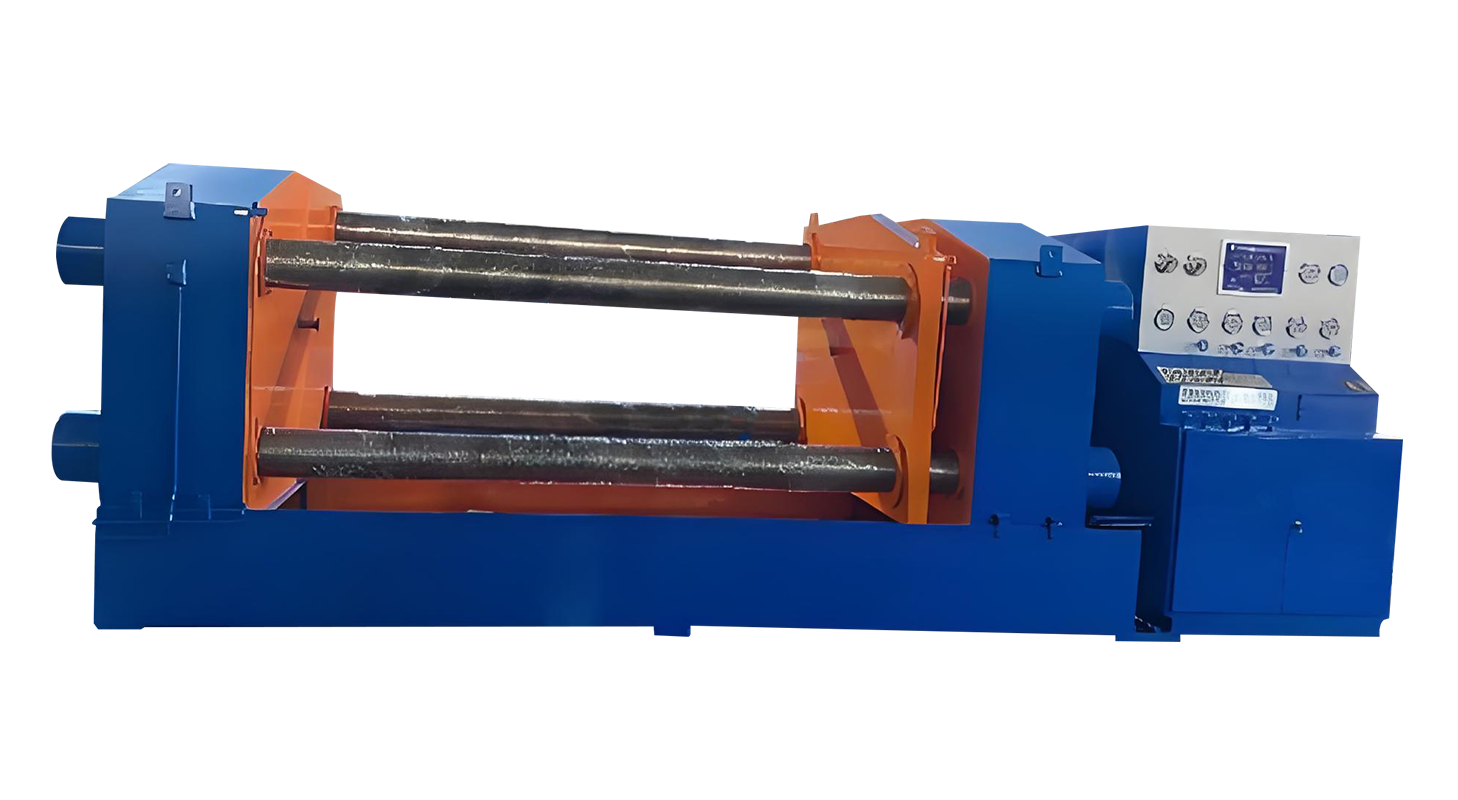Mar 25, 2025
The valve test bench is used to test the performance of the valve and is an important piece of equipment; its structural design and working principle ensure the accuracy and reliability of the test are critical.

1. The structure of the valve test bench
Pressure source system: This is to provide the key part of the test pressure, usually including high-pressure pumps, tanks, and other equipment, able to produce a stable pressure.
Test chamber: used to accommodate the valve being tested, chamber design to be able to adapt to different types and sizes of valves.
Sealing device: to ensure that the medium will not leak during the test process, and to ensure the sealing performance of the test environment.
Control system: including electrical control cabinet, operating panel, etc., used to control the test process parameters, set, start, and stop operations.
Data acquisition system: real-time collection and recording of various data in the test process, such as pressure, flow, time, etc..
2. The working principle of the valve test bench
Pressure test principle: through the pressure source system to the test chamber to inject high-pressure media, so that the valve to withstand a certain pressure, and then observe whether the valve leakage or deformation and so on.
Sealing performance test principle: the use of sealing devices to seal the valve, and then, through pressure changes or other detection methods, to determine the sealing performance of the valve.
Flow test principle: Simulate the actual working conditions in the test chamber through the measurement of the flow of media through the valve to assess the flow characteristics of the valve.
Action performance test principle: through the control system to control the switching action of the valve, to observe whether the valve action is flexible, accurate, and response time, and other performance indicators.
In the test process, the test bench will carry out a series of tests on the valve in accordance with the preset procedures and parameters, and at the same time, the test data will be transmitted in real-time to the data acquisition system for recording and analysis. Through the analysis and comparison of these data, a comprehensive understanding of the valve's performance status provides a basis for quality assessment and improvement of the valve.
The structure and working principle of the valve test bench are interrelated and cooperate with each other to jointly achieve accurate detection and evaluation of valve performance. With the continuous progress of technology, the performance and function of the valve test bench are also constantly improving, providing strong support for the development of the valve industry.
In addition to the general valve test bench described earlier, specialized test benches have been developed to address specific types of valves, such as the pressure safety valve test bench and the pressure relief valve test bench. These specialized systems focus on valves that play a critical role in protecting pressure vessels and pipelines by releasing excess pressure to prevent accidents.
The pressure safety valve test bench is designed to evaluate the opening pressure, reseating pressure, and leakage performance of safety valves. Safety valves are vital components in many industrial processes, providing automatic pressure relief when system pressure exceeds preset limits. Testing these valves requires a highly controlled environment where pressure can be gradually increased to verify that the valve opens precisely at the required setpoint and reseats correctly after relieving pressure. The test bench typically integrates precise pressure control units, digital monitoring devices, and sealing components to simulate real operating conditions effectively.
Similarly, the pressure relief valve test bench is focused on the assessment of relief valves, which also serve to protect systems from overpressure but may operate under different mechanisms compared to safety valves. Relief valves often work by gradually lifting under excessive pressure to vent fluid and maintain system integrity. The test bench designed for these valves must measure critical parameters such as cracking pressure, flow capacity, and reseating behavior. It also ensures that the valve operates reliably under both steady-state and transient conditions.
A related piece of equipment, the relief valve test stand, is commonly used for on-site or workshop testing of relief valves. These stands are engineered to provide a portable and adaptable solution, allowing testing in various locations with reduced setup time. The relief valve test stand usually features modular components like pumps, pressure gauges, and flow meters, as well as flexible mounting arrangements to accommodate different valve sizes and types. This versatility facilitates routine maintenance and certification of relief valves in industrial facilities.
The integration of such specialized test benches and stands into valve manufacturing and maintenance workflows has become essential for ensuring operational safety and compliance with industry standards. Each test system’s design emphasizes accurate pressure control and measurement, reliable sealing, and comprehensive data acquisition. This allows engineers and technicians to conduct thorough performance evaluations and document valve behavior under different test scenarios.